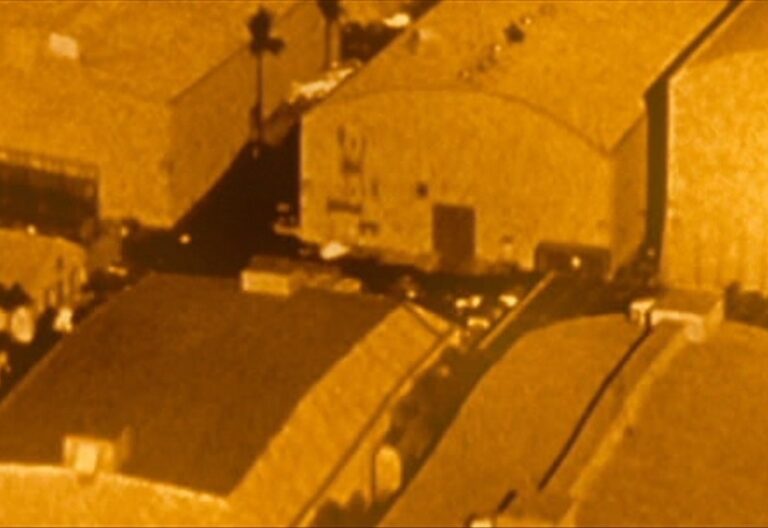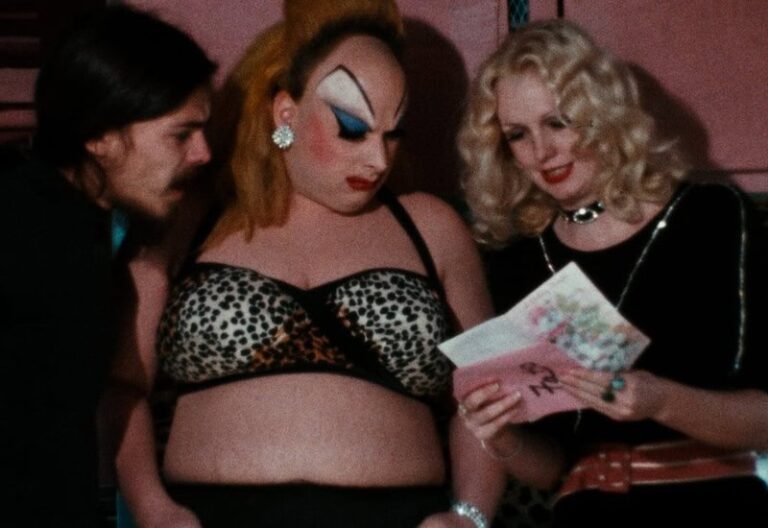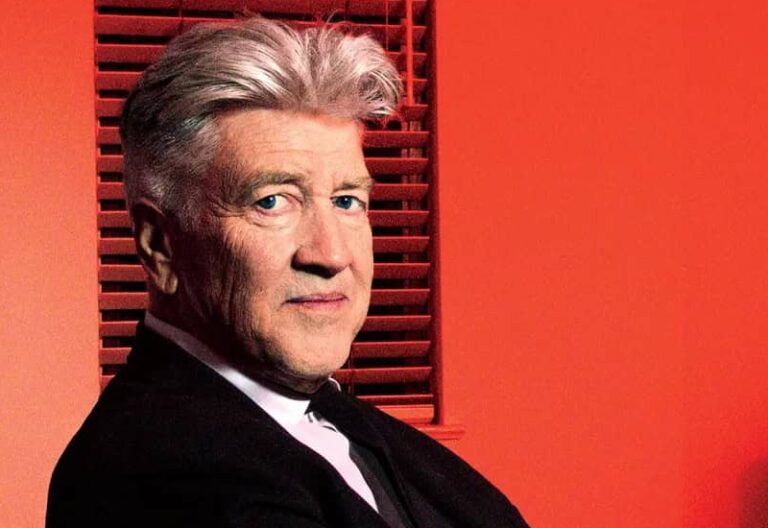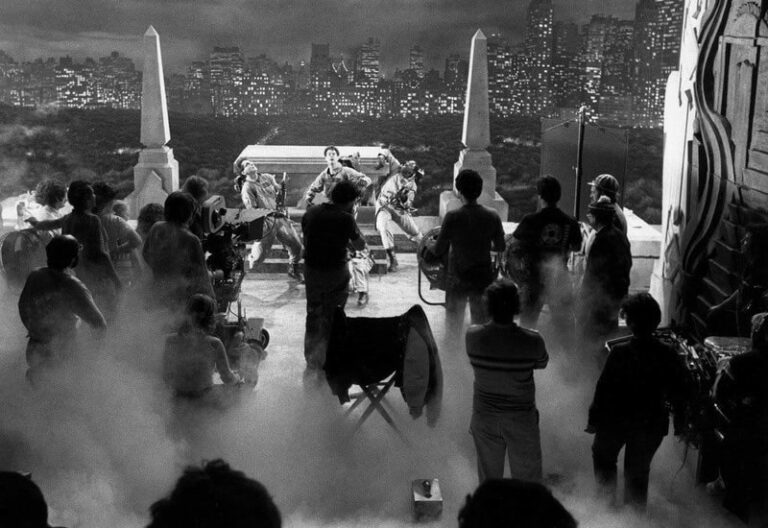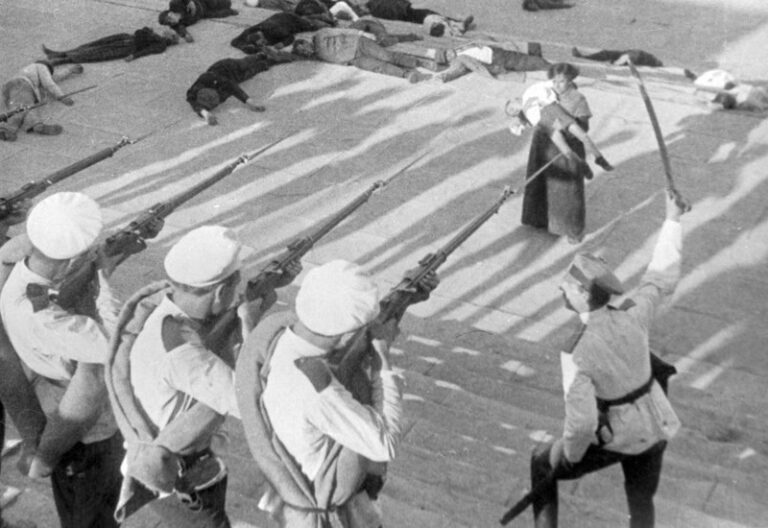director's cut - history & famous films
A director’s cut is a version of a film that represents the director’s vision of how the movie should be seen, typically with scenes, sequences, or details that may have been cut from the theatrical release due to studio constraints or time limits. While the theatrical version of a film is what audiences see in theaters, a director’s cut is often released later, either as part of a home video release or special edition, offering viewers a chance to see the film the way the director originally intended.
Published by: CinemaWaves Team | Filed Under: Film Blog
Defining a Director's
Cut in Film
In simple terms, a director’s cut is an alternate version of a film that includes changes or additions that were not in the theatrical release. These changes are motivated by the director’s desire to show a more complete or different version of the story, either by restoring deleted scenes, extending key sequences, or altering the pacing.
Theatrical releases are usually influenced by factors like studio oversight, audience preferences, or running time. Studios might insist on shorter runtimes to increase the number of daily screenings, cut down on controversial content to ensure a broader audience, or trim subplots to keep the pacing tight. In contrast, a director’s cut gives the filmmaker more creative freedom to present their full artistic vision, leading to a more in-depth or nuanced version of the story.

Origins and History
of the Concept
The concept of a director’s cut isn’t new, but it became more prominent in the late 20th century when home video and DVD markets allowed for multiple versions of films to be distributed. Prior to that, studio control was dominant, and directors had little opportunity to revisit their work after a theatrical release. Historically many have clashed with studios over their final cuts. Directors like Orson Welles (“Magnificent Ambersons”) and Erich von Stroheim (“Greed”) had films taken from them and heavily edited, resulting in drastically different versions from what they had intended. However, it was the rise of home media, VHS, DVD, Blu-ray, and now digital platforms, that really gave filmmakers the chance to re-release their films in new forms. In many cases, director’s cuts have come to be seen as definitive versions, providing a more faithful representation of the director’s artistic vision.
Director’s Cut vs.
Extended Cut vs.
Final Cut
Director’s Cut: This is the version that reflects the director’s creative vision, often adding or changing elements that were not in the theatrical release.
Extended Cut: An extended cut simply adds more footage to the original film, but it may not necessarily reflect the director’s true vision. Sometimes it’s included purely for additional content.
Final Cut: A final cut is typically the version where the director had complete control, with no further revisions or oversight from the studio.

Famous Examples of
Director’s Cuts
“Blade Runner” (1982) by Ridley Scott: One of the most famous examples of a director’s cut dramatically altering a film’s reputation. The original theatrical version, released in 1982, included voiceover narration and a more optimistic ending, which were added by the studio. Scott was dissatisfied with this version, and in 1992, a Director’s Cut was released, removing the voiceover, changing the ending, and adding the iconic unicorn dream sequence. A Final Cut version was also released in 2007, giving Scott full creative control. This new version is widely considered the definitive version of the film, enhancing its status as a sci-fi masterpiece.
“Apocalypse Now” (1979/2001) by Francis Ford Coppola: Another classic that benefitted from a director’s cut. The original film, released in 1979, was already a critical success, but Coppola felt there were additional scenes that provided more depth to the narrative. In 2001, “Apocalypse Now Redux“ was released, adding nearly 50 minutes of footage that had been cut from the original. This included extended sequences in the French plantation and additional character development. The Redux version is longer and more meditative, offering a fuller exploration of the film’s themes of war and madness.
“The Lord of the Rings Trilogy” (2001-2003) by Peter Jackson: It is one of the few cases where both the theatrical and extended versions (sometimes referred to as director’s cuts) are beloved by fans. The extended editions add hours of additional footage across the three films, providing more detailed world-building, character moments, and backstory. These extended cuts are often seen as the ultimate versions for fans, though the theatrical releases were already well-received.
“Donnie Darko” (2001) by Richard Kelly: This cult classic had a limited theatrical release but gained a massive following through home video. The Director’s Cut of the film, released in 2004, added 20 minutes of footage and adjusted the soundtrack, giving viewers more insight into the film’s complex narrative involving time travel and parallel dimensions. While opinions are divided on whether the director’s cut is superior, it offers a different perspective on the story that deepens its mystery.
“Kingdom of Heaven” (2005) by Ridley Scott: It was poorly received in its theatrical release, largely due to significant cuts made by the studio to reduce the runtime. However, the Director’s Cut, released on home video, restored nearly an hour of footage, adding back important character arcs and subplots. This version was much better received by critics and audience as well.
Conclusion:
The Power of a Director’s Cut
Director’s cuts offer audiences a deeper look into the creative process behind a film, allowing them to experience the director’s unfiltered vision. While not every director’s cut is drastically different from the theatrical release, many provide additional context, character development, or thematic richness that might have been lost in the original version. For film enthusiasts, director’s cuts represent an opportunity to see films as they were meant to be, free from commercial compromises and studio interference.
Refer to the main page for more educational insights on filmmaking and cinema history.
The studio system was a dominant force in Hollywood from the 1920s to the 1950s. It was characterized by a few major studios controlling all aspects of film production…
A cult film is a movie that builds a devoted following without achieving mainstream success or widespread critical praise at the time of its release. These films are…
Auteur theory is a critical framework in film studies that views the director as the primary creative force behind a film, often likened to an “author” of a book. This theory suggests…
When a car bomb explodes on the American side of the U.S./Mexico border, Mexican drug enforcement agent Miguel Vargas begins his investigation, along with American…
Film production is the process of creating a film from its initial concept to the final product. It involves numerous stages, each requiring a collaboration of talents, skills, and resources. The…
Juxtaposition is a powerful storytelling technique where two or more contrasting elements are placed side by side to highlight their differences or to create a new, often more…

